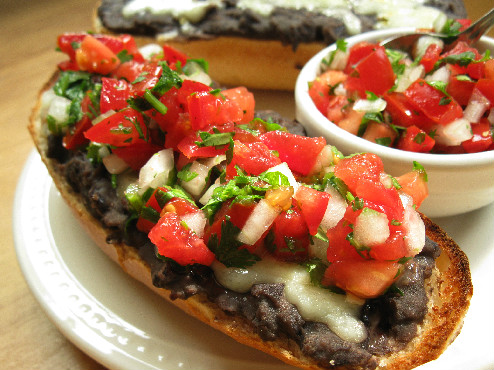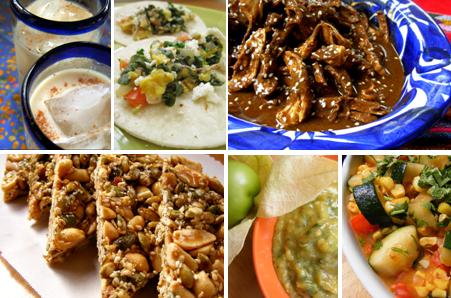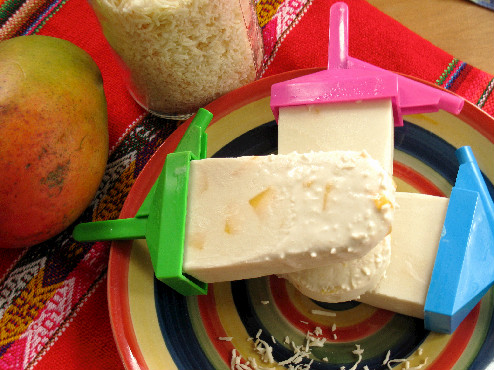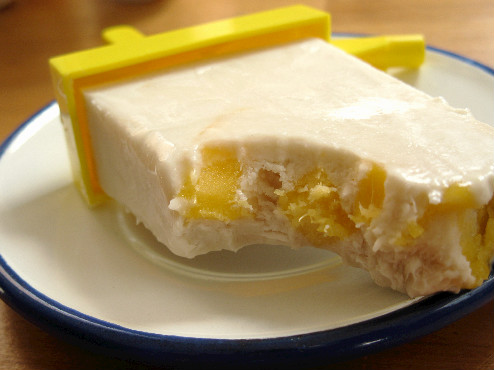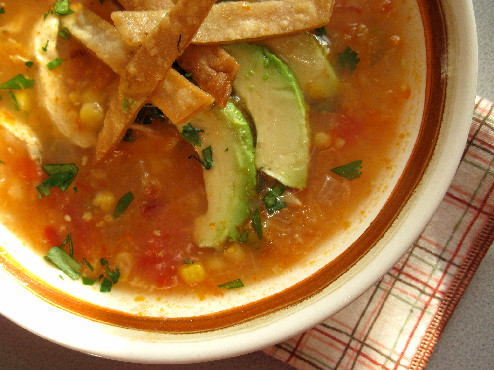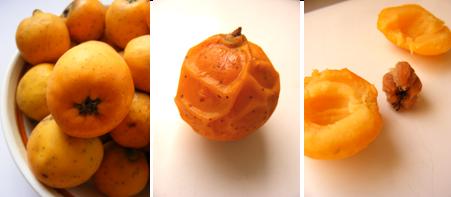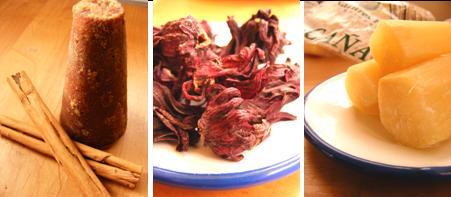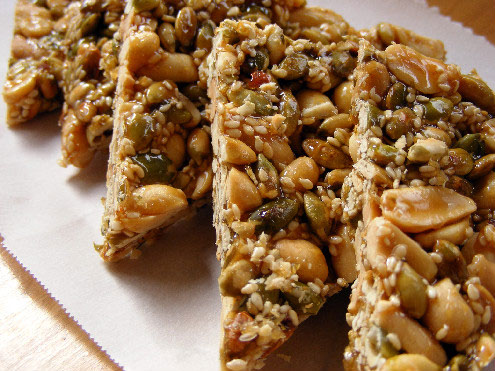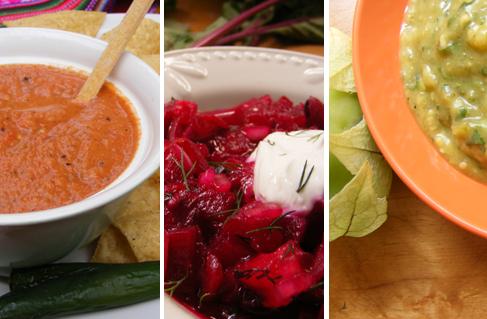Black Beans: Molletes – Mexican Refried Bean Open Sandwich
Tuesday, June 7th, 2011If you haven’t made that big pot of black beans, you’ll want to soon. They are the base for the refried beans in molletes (a Mexican antojito/snack) and other recipes coming up.
Nearly two decades ago I made my first trip to Mexico – I lived with a family in Cuernavaca and traveled around central and southern Mexico. Some of the places I visited were D.F. (Districto Federal aka Mexico City), Puerto Escondido, Oaxaca, Puebla, Taxco and so many pueblitos I can’t remember their names.
This trip has a very special place in my heart since it was the first time I packed my bags to venture alone in a new country. But, more significant was that it was my first trip to my Motherland and an amazing personal journey – with much familiarity and even more that was new.
I have vivid food memories from this first extended stay, like the tacos de flor de callabaza I bought trail-side after finishing a hike near some steep ruins where the locals frequented; the just-caught, fried fish served with nopales on a remote beach near Puerto Escondido; the mole in Puebla; and the amazing mercado in Oaxaca. Also on this list are molletes (pronounced mo -YEY -tes). Refried black beans and melted cheese on crusty bread, topped with fresh pico de gallo.
This open sandwich quickly became a favorite. At the time, I was on a budget and molletes were a great anytime meal that was both good and cheap. I think I paid the equivalent of 50 cents or a dollar for two halfs when eating out. Two pieces is a full meal for this chica.
Nearly every time I’ve had them in Mexico, they’ve been served with black beans, although pinto beans are also used. Most of my travels so far have been to central and southern Mexico, and the Yucatan – places where black beans are preferred
To make molletes, you can use my Cuban black bean recipe (no, it’s not sacrilege) or your favorite home-made black or pinto beans. You can also use canned beans; but, if you do, buy the beans whole and make your own refried beans, they’ll taste much better.
Molletes are not fancy food but you’ll be glad to have this recipe in your arsenal of quick to make meals for breakfast, lunch, dinner or snacks. As I write this, I’m thinking one of these topped with bacon would be a Mexican BLT.

